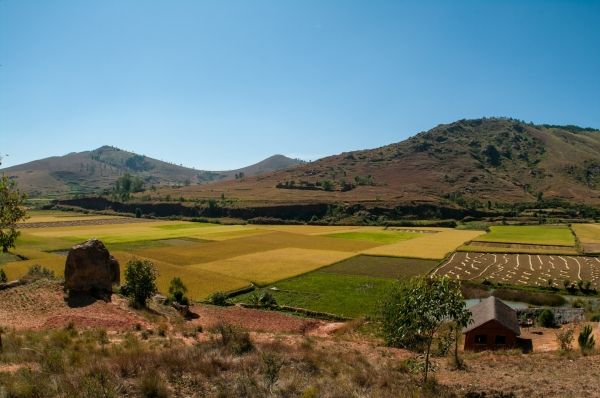Researchers at UC Santa Cruz are contributing new insights into the challenges plants face in adapting to climate change. Prior research has long anticipated that plants might be able to respond to increasing temperatures by changing their phenology—or the timing of seasonal life processes—at a rate that matches the rate of climate change. But a new global-scale analysis, published in the journal AGU Advances, shows that phenological changes are lagging temperature change, and this trend seems to be more pronounced in human-dominated landscapes.
“We would commonly expect phenology to adapt very quickly to climate change, but with these findings, we see that there’s probably a limit to how much adaptation we can see, and this limit is affected by human activities,” said Yiluan Song, a UCSC Ph.D. student in environmental studies and lead author of the paper. “These findings open up a lot of questions to explore in terms of our expected response of plants to climate change.”
To arrive at their findings, the research team—under the guidance of UCSC Associate Professor of Environmental Studies Kai Zhu—focused on the Northern Hemisphere at mid- to high- latitudes and analyzed satellite remote-sensing data that detects the warm-season growth of plants on the ground. Growing seasons in the Northern Hemisphere are generally expected to start earlier and last longer as average annual temperatures increase. But in comparing the rate of change for both factors geographically, the paper identified a spatial mismatch.
Read more at: University of California - Santa Cruz
Photo Credit: mikadago via Pixabay


